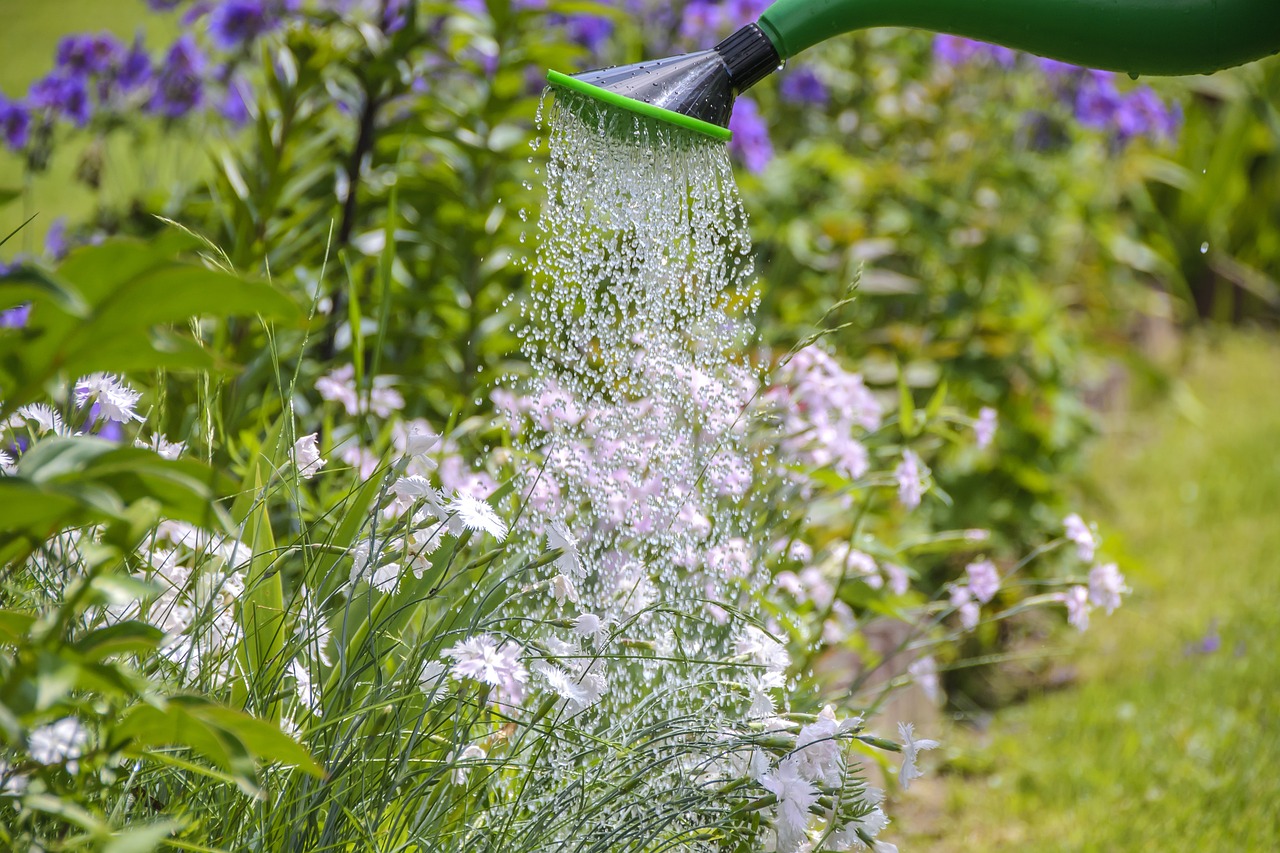Introduction
A well-designed flower bed can add color, fragrance, and visual appeal to your outdoor space. Whether you’re a seasoned gardener or a novice with a green thumb, creating a new flower bed is a satisfying and rewarding endeavor. In this comprehensive guide, we’ll take you through the process of installing a new flower bed, from planning and preparation to planting and maintenance.
Step 1: Choose a Location
Selecting the right location for your flower bed is crucial. Consider the following factors:
1. Sunlight: Most flowering plants require at least 6-8 hours of sunlight daily. Choose a spot that receives the appropriate amount of light for the plants you intend to grow.
2. Soil Quality: Test your soil to determine its pH level and composition. Most plants prefer well-draining soil with a pH level around 6.0 to 7.0. You may need to amend the soil with compost or other organic matter to improve its quality.
3. Accessibility: Ensure the flower bed is easily accessible for planting, watering, and maintenance.
Step 2: Design Your Flower Bed
Plan the layout of your flower bed, considering factors like plant height, color, and bloom time. You can create a harmonious design by grouping plants with similar water and sunlight requirements.
Consider adding structural elements like garden borders, rocks, or edging to define the shape of your flower bed. A well-defined border can help prevent grass and weeds from encroaching on your flower bed.
Step 3: Prepare the Soil
Prepare the soil in your chosen location by removing grass, weeds, rocks, and debris. Use a shovel or a garden tiller to loosen the soil to a depth of about 6-8 inches. Remove any remaining weeds and roots.
If your soil is poor or lacks organic matter, amend it with compost or well-rotted manure. Work the organic matter into the soil to improve its fertility and structure.
Step 4: Plant Your Flowers
Select a variety of flowers that thrive in your climate and suit your design. Consider planting a mix of annuals and perennials for continuous blooms throughout the seasons.
Dig holes for each plant based on their individual requirements. Space the plants according to their mature size, and be sure to follow the planting instructions on their labels.
Water the newly planted flowers thoroughly and apply a layer of mulch to help retain moisture, suppress weeds, and regulate soil temperature.
Step 5: Water and Mulch
Proper watering is crucial for the success of your flower bed. Water your plants deeply and consistently, keeping the soil consistently moist but not waterlogged.
Mulching is an essential step that helps conserve soil moisture and keeps weeds at bay. Apply a 2-3 inch layer of organic mulch around your plants, being careful to avoid piling it against the plant stems.
Step 6: Maintain Your Flower Bed
Regular maintenance is necessary to keep your flower bed healthy and vibrant. This includes:
– Pruning and deadheading spent blooms to encourage new growth.
– Fertilizing as needed based on soil test results and plant requirements.
– Monitoring for pests and diseases and taking appropriate action if necessary.
– Adjusting watering based on weather conditions.
Conclusion
Installing a new flower bed is a wonderful way to enhance the beauty of your outdoor space and connect with nature. By following these steps and dedicating some time and care to your flower bed, you’ll enjoy a colorful and thriving garden that brings joy and tranquility to your home for years to come. Happy gardening!

Be The First To Comment